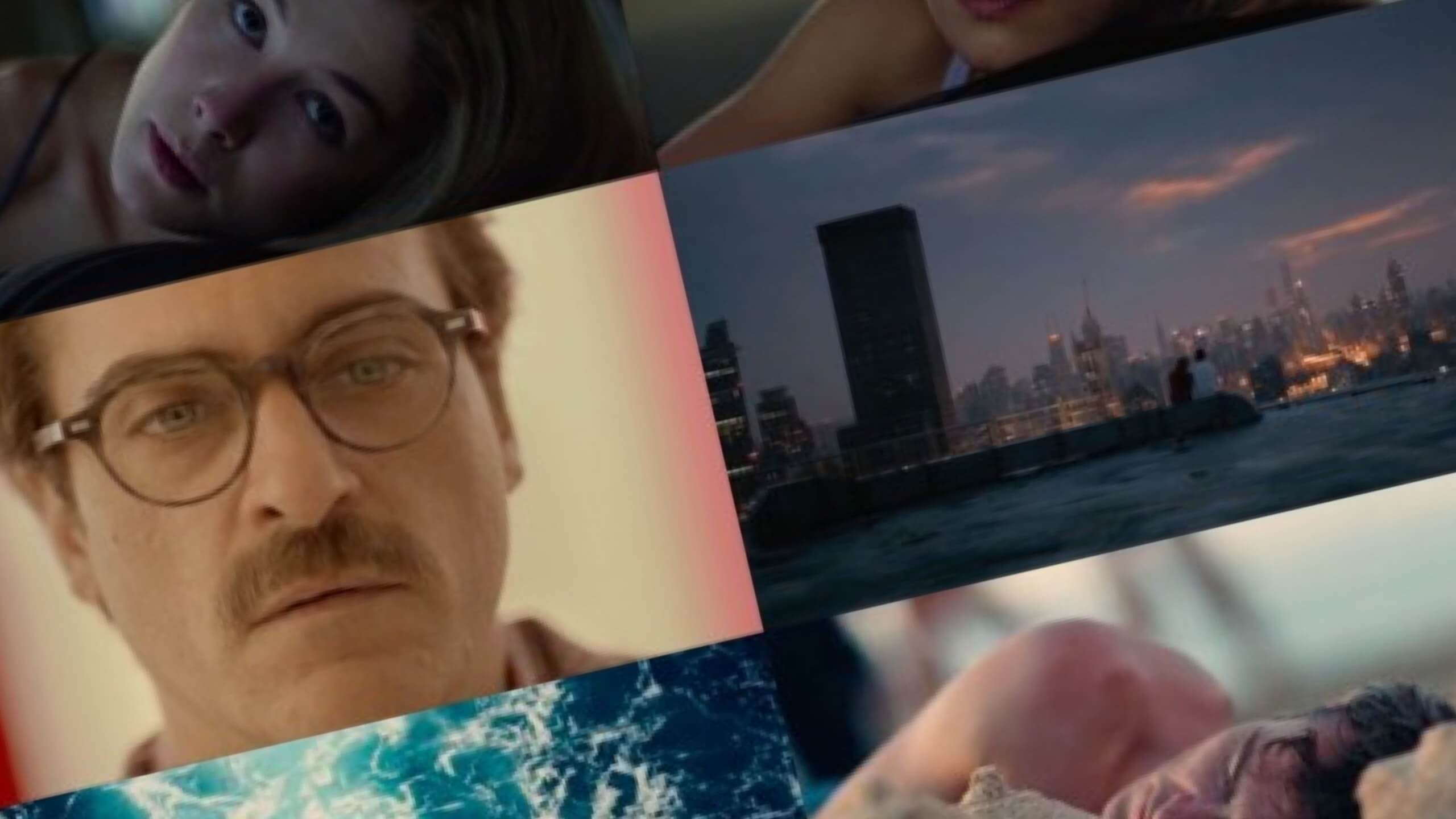A beginning, middle, and end are the bare bones that support the structure of any story. In his video essay First and Final Frames, Jacob T. Swinney compiles a stunning side-by-side comparison of opening and closing shots from many famous films. This is a unique experience to be sure. In this post we’re going to examine what goes into creating a powerful opening and closing scene.
First and Last Impressions
Begin and end with a single frame
Cinematically speaking, a filmmaker’s story begins and ends with a single frame.
One is the first thing an audience sees, before the journey has really begun. The other is the last thing the audience sees, bookending the story and cementing its controlling idea.
There is much to be learned in the video below.
I’d like to encourage you to use a critical eye while watching.
Look for patterns, and keep these thoughts in mind.
Video Essay
First and Final Frames
Spoiler alert: This video essay shows the last shot from many famous films
Using Contrast
Technique #1: Playing with opposites
Whether it’s an opposite emotion, setting, or transitional technique, many of these films employ visually inverse counterparts to make a statement about the story.
When the first and final scenes in a film are visually opposing, it powerfully underscores the transformation that has occurred.

Black Swan (2010)
EXAMPLE: BLACK SWAN
The opening and closing shots in Black Swan says it all.
Torn between light and dark throughout the film, the differing color palettes of black and white visually represent the journey that Natalie Portman’s character has experienced.
Beyond the color choices, the ballerina’s rise and fall is expressed transitionally with fades.
The opening shot fades in on Portman dancing.
The closing shot fades out to light in her final tragic moments.
The film itself becomes representative of her time in the spotlight.
EXAMPLE: SILVER LININGS PLAYBOOK

Silver Linings Playbook (2012)
Another great example of playing with opposites can be seen in Silver Linings Playbook. The first shot shows Bradley Cooper’s character alone and distressed.
The tone is cold and Cooper’s positioned away from us, guarded and closed. In contrast, the final shot of the film shows him happily embracing Jennifer Lawrence’s character.
The shot is warm in tone. Their bodies entangled, unguarded and open.
The protagonist’s entire character arc is represented by the differences in these two shots.
EXERCISE
If you’re currently developing a story, take a few moments think of at least 5 opposing visuals that you could use as first and final scenes in your film. Ask yourself what scenes would best the before and after state of the protagonist(s).
Using Comparisons
Technique #2: Playing with similarities

Gone Girl (2014)
In Swinney’s video, you may have noticed that some of the opening and closing shots were nearly identical. You can see this approach used in Gone Girl, Saving Private Ryan, 12 Monkeys, Forrest Gump, and others.
When first and final shots in a film are similar, it provides a sense that the story has come ‘full circle’ so to speak.
A similar first and final frame could potentially indicate a bleak statement, perhaps that history is bound to repeat itself.
On the other hand, including subtle but marked differences in the opening and closing shots could draw attention to just how far the characters have come from where they began.
EXERCISE
If you’re currently developing a story, take a few moments think of at least 5 similar visuals that you could use as first and final scenes in your film. Ask yourself what scenes would best the before and after state of the protagonist(s).
EXAMPLE: DAWN OF THE PLANET OF THE APES

Dawn of the Planet of the Apes (2014)
An example of “similar but different,” can be clearly seen in Dawn of the Planet of the Apes. Two shots of eyes, framed identically, but with wildly different color palettes and expressions to emphasize the difference in the character.
EXERCISE
Think of at least 5 identical visuals that brings your story full circle. To convey a character arc or change, ask yourself what subtle difference you can add to the final shot to convey the change.
Up Next
Powerful Opening Shots
Clearly, the impact and importance of these first and final frames cannot be overstated.
After watching the opening and closing moments of famous films side by side, what patterns have you noticed? Are there specific techniques that you see multiple filmmakers using?
If you’d like to dive deeper into the actual “how-to” of crafting a powerful scene, check out our post about opening shots where we break down the elements of a brilliant opening shot (with examples from 2001: A Space Odyssey and Little Miss Sunshine).
Up Next: Powerful Opening Shots →
Share your vision with elegant shot lists and storyboards.
Create robust and customizable shot lists. Upload images to make storyboards and slideshows.

Two essential opening and closing images you missed.
– Citizen Kane: Opening Shot Pan Up to the Kane Compound. Closing Shot Pan Down on Kane Compound.
– Avatar: Opening Shot on Jake Sully opening his eyes. Closing Shot on Avatar Jake opening his eyes.